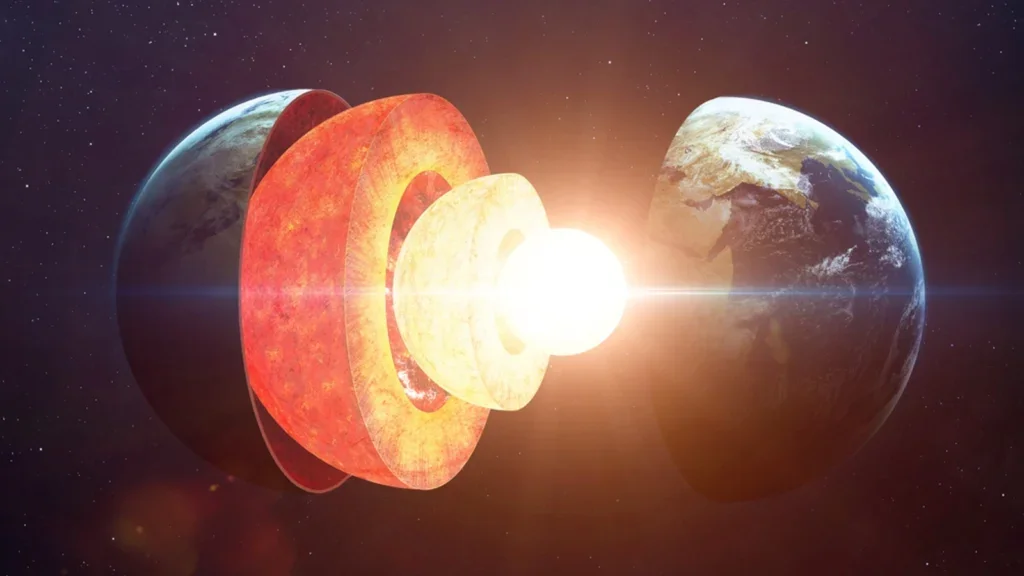
Is Time Slowing Down? Earth’s Rotation and the Mystery of the 25-Hour Day
Are our days getting longer? The idea of a 25-hour day might sound like science fiction, but new research is suggesting that Earth's rotation is indeed slowing down. While you won't need to reset your clocks just yet, this fascinating phenomenon has scientists intrigued about the complex dynamics deep within our planet.
Reports indicate that the length of Earth's day has been gradually increasing over millions of years. According to a study published in the Proceedings of the National Academy of Sciences, about 1.4 billion years ago, when the Moon was much closer, a day on Earth lasted just over 18 hours. As the Moon drifted away, our days stretched to the familiar 24 hours. But the story doesn't end there.
Earth's Inner Core: A Planet Within a Planet
Recent discoveries reveal that Earth's inner core, a solid ball of iron and nickel roughly the size of the moon located over 3,000 miles beneath our feet, has been behaving in an unexpected way. For the past 40 years, scientists have observed that the inner core typically spins slightly faster than the rest of the planet. Think of it like a washing machine drum rotating independently.
However, since 2010, this pattern has flipped.
Why Is This Happening?
The million-dollar question is, of course: why? While definitive answers are still elusive, scientists propose several potential explanations:
- Turbulent outer core dynamics: The churning, superhot liquid iron surrounding the inner core could be creating drag forces.
- Gravitational interference: Dense regions in the rocky mantle above might be pulling on the inner core with their gravitational force.
- Magnetic field fluctuations: Changes in Earth’s magnetic field could be influencing the metallic inner core’s behavior.
Seismologist John Vidale from the University of Southern California, who analyzed data from repeating earthquakes to study the inner core's rotation, admitted he was initially stumped when he first saw the seismograms hinting at this change. However, the evidence became inescapable as more observations signaling the same pattern emerged.
The Bigger Picture
While the practical effects on our daily lives are negligible, this discovery reveals something profound about our planet’s inner workings. Earth isn't just a solid ball spinning through space; it's a complex, layered system where different components can move independently. The dance between Earth's layers is far more complex than we initially imagined.
As researchers continue to analyze seismic data, they hope to understand not just *what* is happening, but *why*. New technologies are giving us unprecedented views into Earth’s hidden depths, revealing a planet that’s far more dynamic than the stable ground beneath our feet suggests.
This ongoing slowdown raises fascinating questions about planetary mechanics. What do you think this means for our understanding of Earth's past and future? Share your thoughts in the comments below!